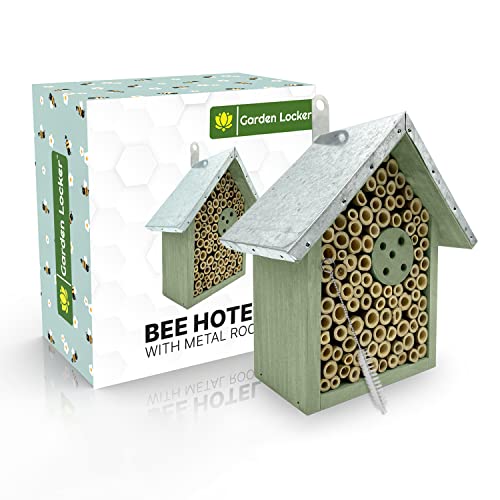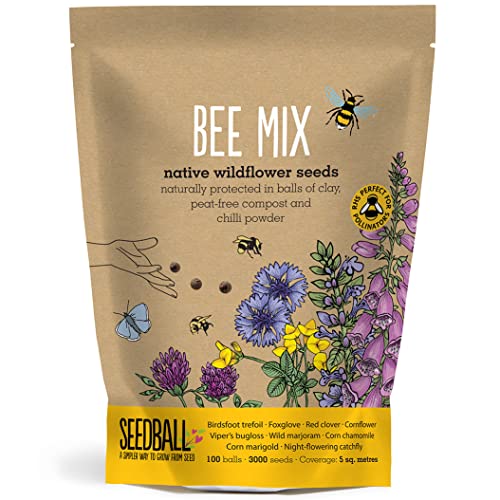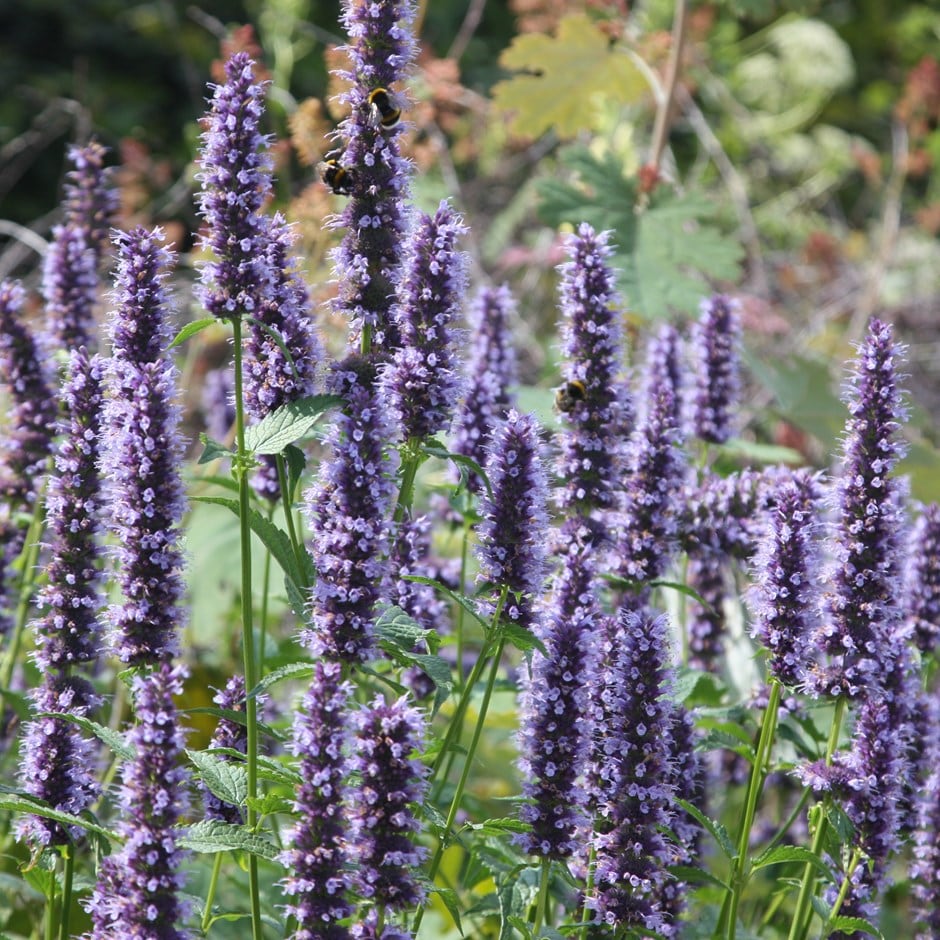Bees will love your garden if you add this one feature, say wildlife experts – and it requires minimal effort on your part
A 'rough patch' requires little effort or space

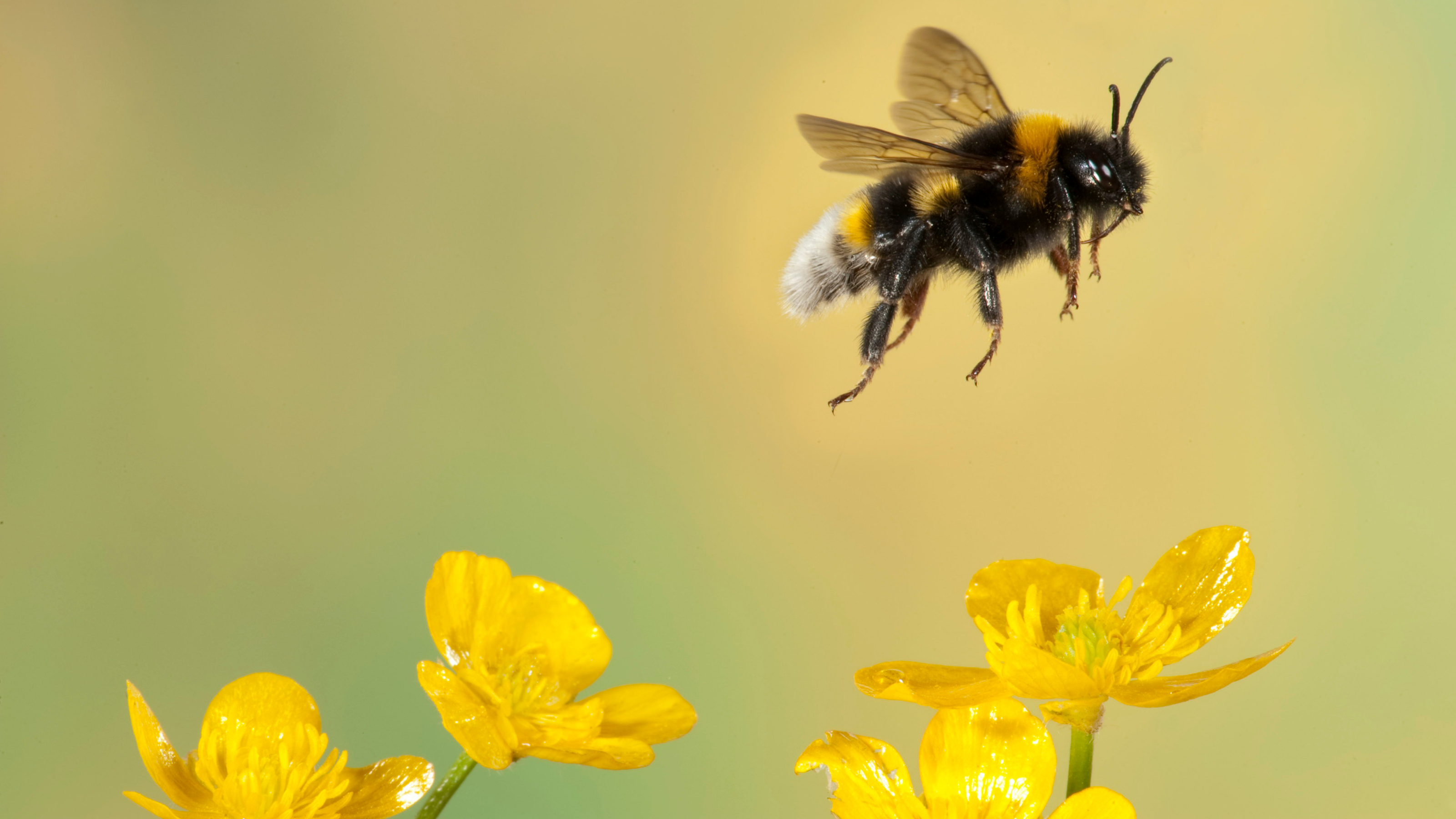
Wildlife experts are urging you to keep a ‘rough patch’ in your garden if you want to attract an abundance of bees this summer.
It will come as no surprise that bees are a positive sign of a thriving wildlife garden. They’re vital pollinators keeping your flowers blooming and trees fruiting, but if you want to attract bees, they actually prefer something a little more unkempt.
Research by the University of Surrey and The Beekeeping Project recommends leaving an area of your garden unkempt, allowing moisture retention to attract bees and create a preferred environment for them. This is everything you need to know.
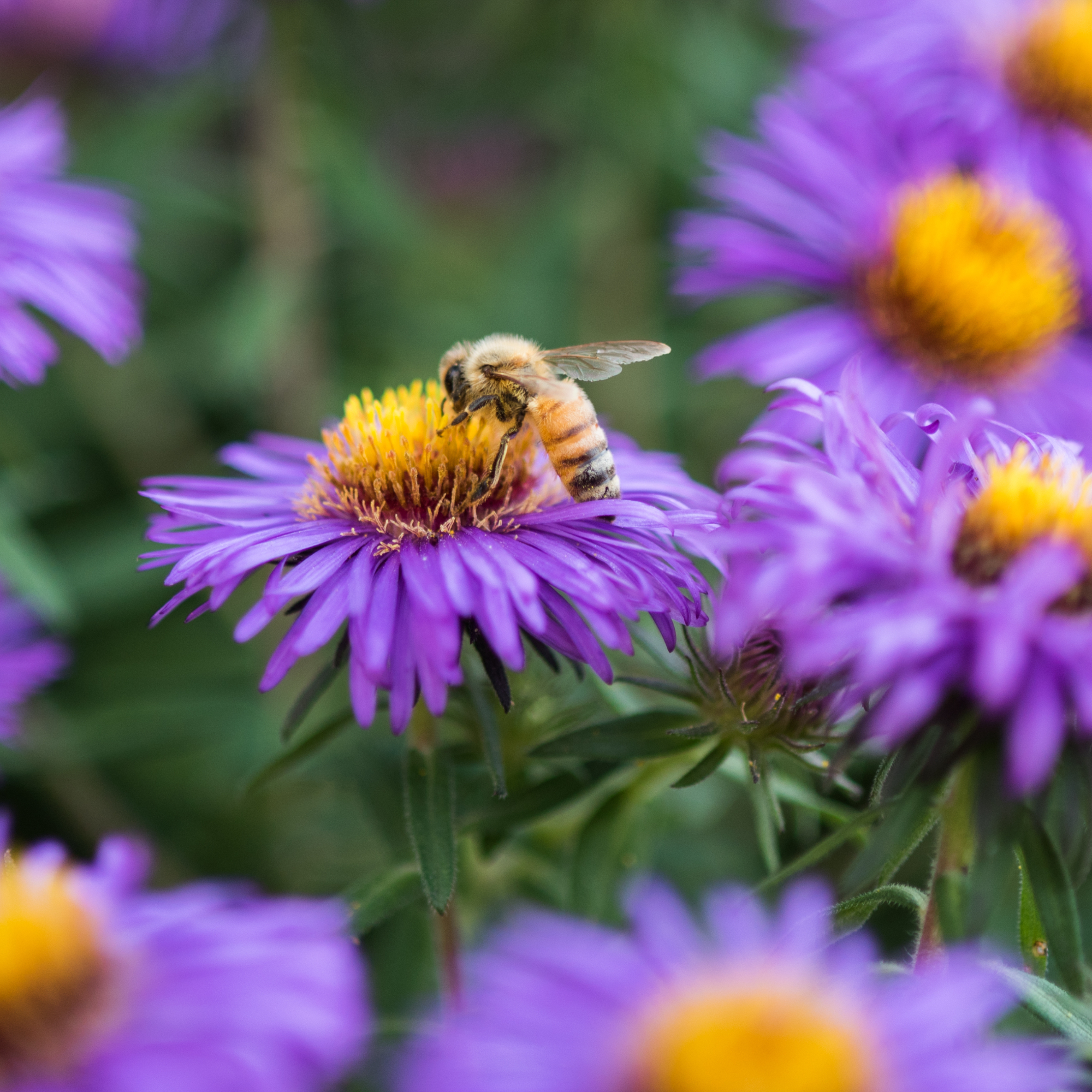
What is a rough patch?
A rough patch is a small area of your garden, normally at the back, where you allow sticks and debris to pile up and create a warm, humid environment that insects prefer. You don’t have to say goodbye to your manicured lawn ideas; a rough patch can be a small corner of your garden, and it will make a big difference.
‘Bees need more than just flowers. Many species nest in the ground, in bare soil or tussocky grass. Others use hollow stems or decaying wood to lay their eggs. A moist, slightly overgrown patch offers all of these – some open soil, shelter, and a wider mix of plants and microhabitats than a neatly mown lawn or formal bed can offer,’ says Richard Schofield, wildlife expert at Woodlands.co.uk.
‘You’ll also find that wildflowers are more likely to thrive in these spaces, giving bees the continuous supply of nectar and pollen they need throughout the seasons.’
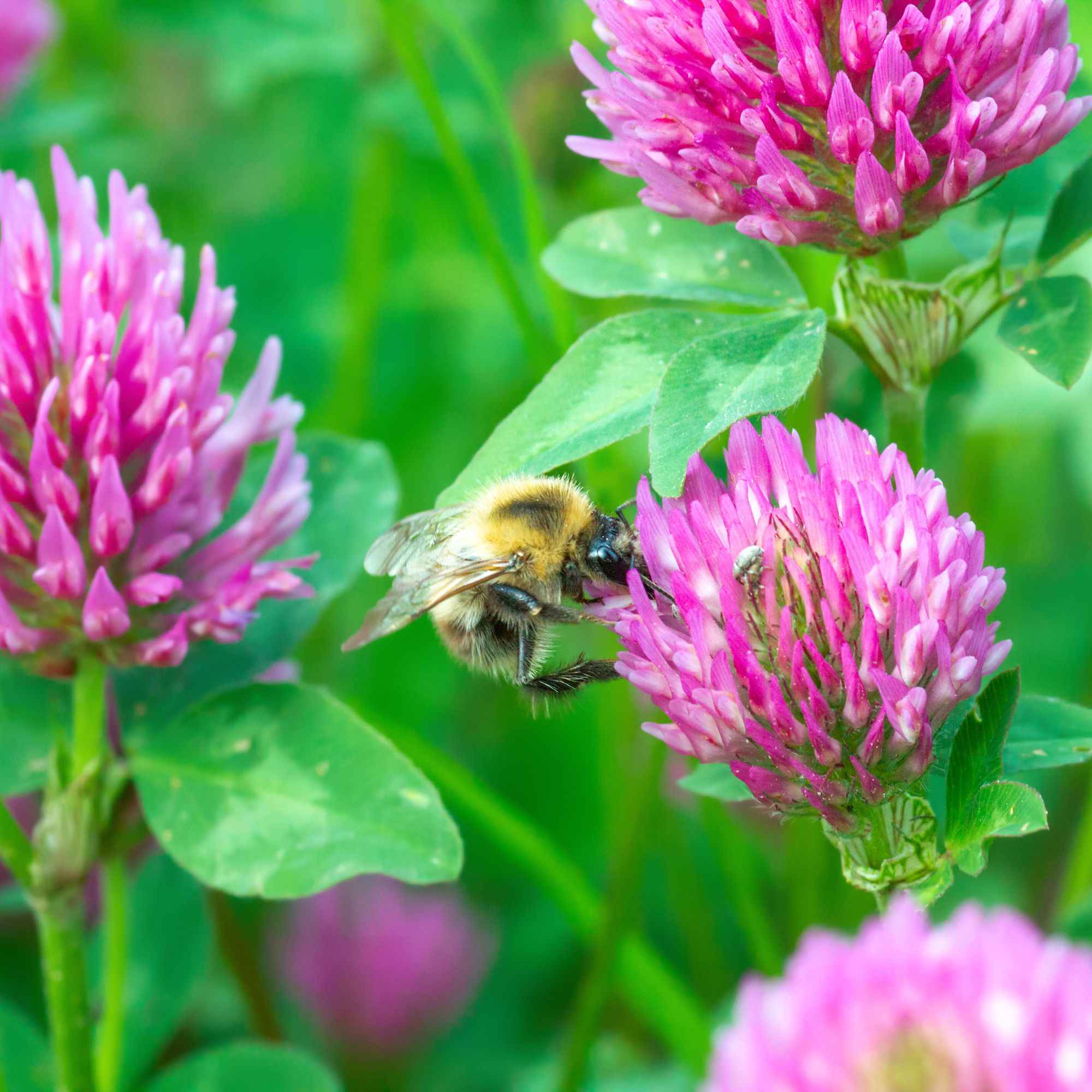
What are the benefits of a rough patch?
Not only does a rough patch encourage bees to your garden, but it gives your whole garden ecosystem a boost, including attracting birds and vital insects.
Sign up to our newsletter for style inspiration, real homes, project and garden advice and shopping know-how
‘As the numbers of bugs increase, gardens develop a healthy mixed insect population, making it harder for pest species to dominate but also acting as a food source for other species such as amphibians (which also thrive in the humid microclimates, spending much of their year outside of the ponds we associate them with), various birds, many of which require insects to feed their young, and bats, boosting their populations,’ explains Will Wilkinson, lecturer at the School of Veterinary Medicine at the University of Surrey.
While aesthetically pleasing lawns may be easy on the eye of us humans, they offer little benefit to the wildlife that visit. While a rough patch is only a small fraction of your garden (which means you can still enjoy a well-groomed garden), but has numerous benefits for bees, birds and insects.
Will you be introducing a rough patch to your garden?
Attract bees to your garden
When setting up your own rough patch, these are a few things you can add for a little extra bee encouragement.

Kezia Reynolds joined the Ideal Home team as News Writer in September 2024. After graduating from City, University of London in 2022 with a bachelor’s degree in journalism, Kezia kicked off her career spending two years working on women’s weekly magazines. She is always on the lookout for the latest home news, finding you the best deals and trends - so you don’t miss a thing!
